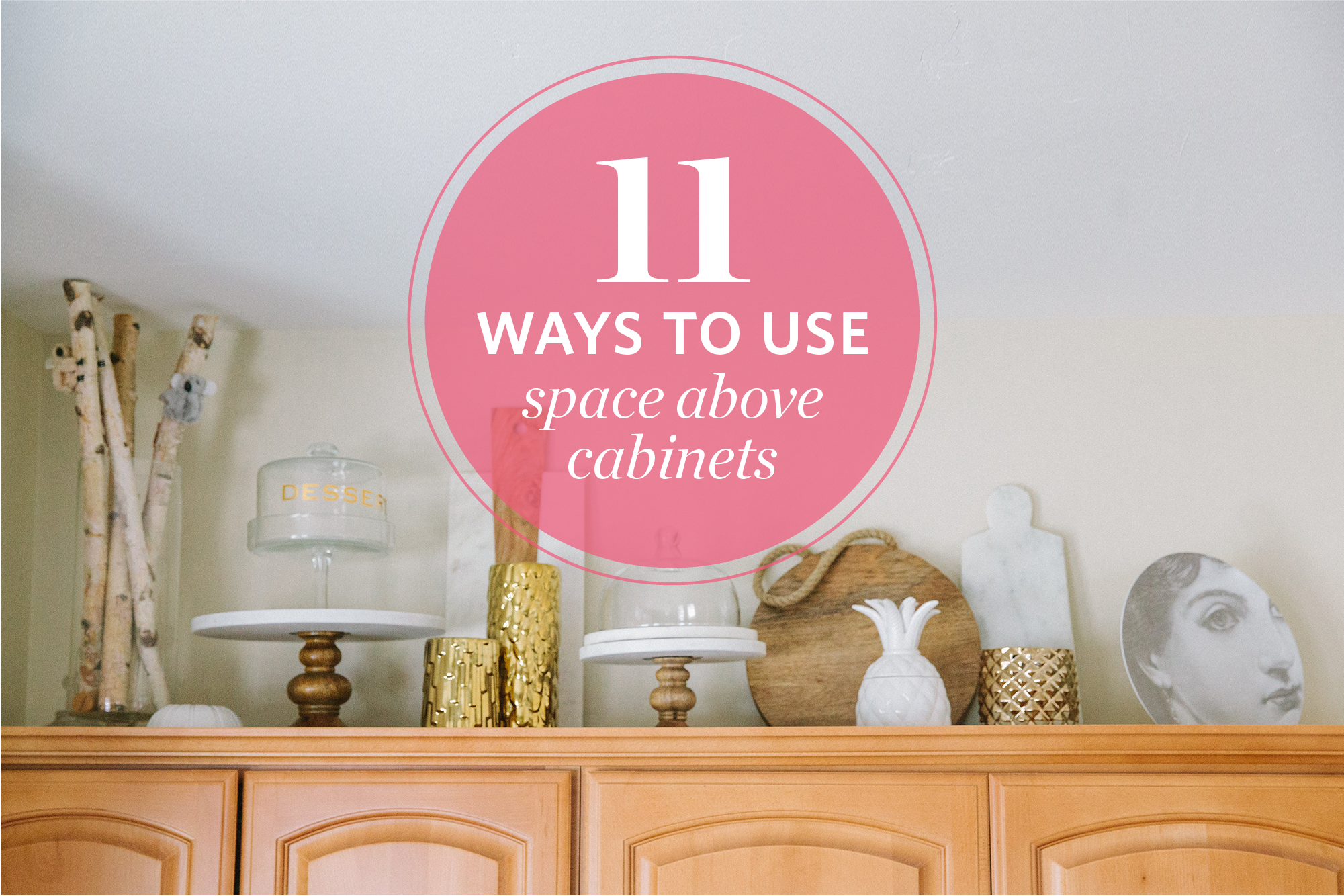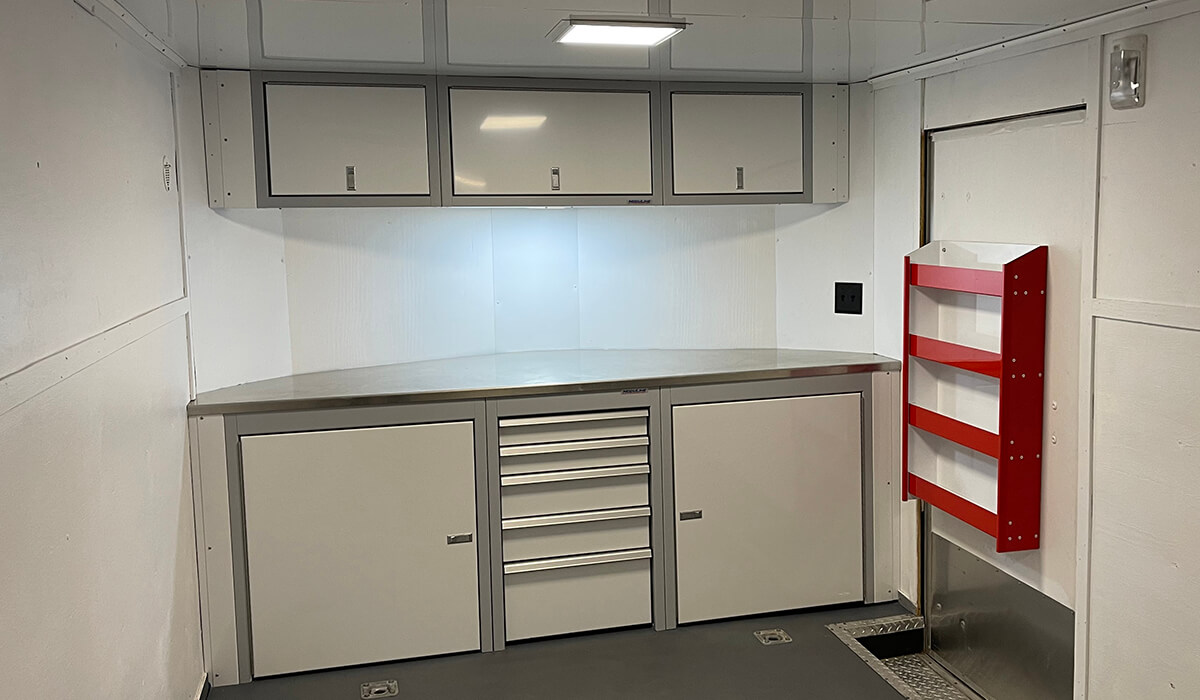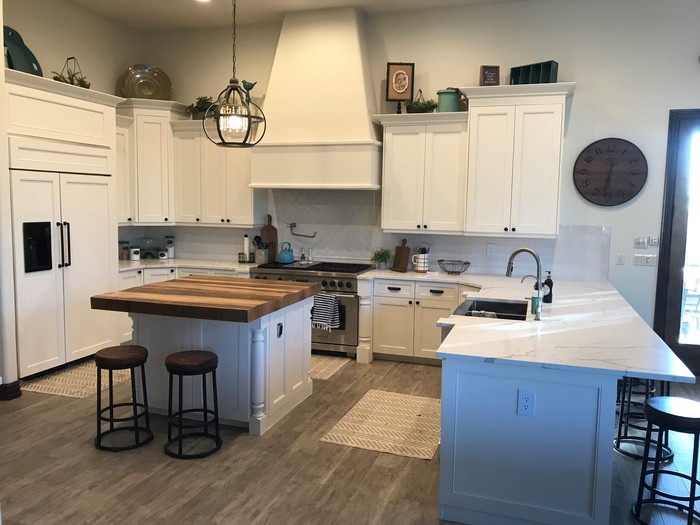Planning and Design: Cabinet Built Ins Ideas

Built-in cabinets offer a plethora of advantages over freestanding furniture, making them a popular choice for homeowners seeking to maximize space and create a cohesive aesthetic. They seamlessly integrate with the existing architecture, providing a clean and streamlined look that enhances the overall flow of the room.
Benefits of Built-in Cabinets
Built-in cabinets offer numerous benefits over freestanding furniture. They can be tailored to specific needs and preferences, maximizing storage and functionality. They also contribute to a sense of order and visual harmony, creating a more polished and unified space.
- Space Optimization: Built-in cabinets maximize vertical space, utilizing otherwise wasted areas. This is particularly advantageous in smaller rooms, where every inch counts.
- Customizability: Built-in cabinets can be designed to accommodate specific items and needs. This allows for efficient storage and organization, ensuring that everything has its designated place.
- Enhanced Aesthetics: Built-in cabinets create a seamless and integrated look, enhancing the visual appeal of the room. They can be designed to complement the existing architectural features, creating a cohesive and harmonious space.
- Increased Value: Built-in cabinets are considered a valuable addition to a home, often increasing its resale value. They are seen as a sign of quality and sophistication, making the property more attractive to potential buyers.
Planning Considerations
Planning built-in cabinets involves careful consideration of several factors, including room layout, functionality, and style. A well-planned system will not only be aesthetically pleasing but also practical and efficient.
- Room Layout: The first step is to carefully assess the available space and determine the best placement for the built-in cabinets. Consider the flow of the room, existing fixtures, and the desired functionality of the cabinets.
- Functionality: Define the specific purposes of the built-in cabinets. Will they be used for storage, display, or a combination of both? This will help determine the type of shelves, drawers, and other features needed.
- Style: Choose a style that complements the overall design of the room. Consider the existing décor, color palette, and architectural features. Built-in cabinets can be designed in a variety of styles, from traditional to contemporary.
Essential Measurements
Before designing built-in cabinets, gather accurate measurements of the designated space. This ensures that the cabinets fit perfectly and function as intended.
- Height: Measure the height of the available space, taking into account any existing features such as baseboards or crown molding.
- Width: Measure the width of the space, including any existing fixtures or obstructions.
- Depth: Measure the depth of the space, ensuring that the cabinets will fit comfortably without encroaching on other areas.
- Door and Drawer Openings: Measure the desired size of door and drawer openings, considering the size of the items to be stored.
- Shelf Spacing: Determine the desired spacing between shelves, taking into account the height of the items to be stored.
Sample Built-in Cabinet Layout
Here is a sample layout for a built-in cabinet system in a living room, showcasing a combination of storage and display features:
| Feature | Dimensions (inches) | Material |
| ————— | —————— | —————— |
| Upper Cabinets | 36 W x 18 D x 30 H | Medium-density fiberboard (MDF) |
| Lower Cabinets | 36 W x 18 D x 30 H | MDF |
| Open Shelves | 36 W x 12 D x 12 H | MDF |
| Drawers | 18 W x 18 D x 6 H | MDF |
Cabinet Materials and Finishes
Choosing the right materials and finishes is crucial for creating durable and aesthetically pleasing built-in cabinets. Consider the following options:
- Wood: A classic choice for built-in cabinets, offering durability, warmth, and a natural aesthetic. Popular choices include oak, maple, cherry, and walnut. However, wood can be susceptible to moisture damage and requires regular maintenance.
- MDF: Medium-density fiberboard is a cost-effective and versatile option. It is strong and durable, offering a smooth surface for painting or staining. However, MDF is not as moisture-resistant as wood and can be more susceptible to damage.
- Plywood: Plywood is a strong and stable material, offering good moisture resistance. It is often used for cabinet carcasses and shelves, providing a solid foundation for the built-in system.
- Finishes: A wide range of finishes are available, from traditional stains and paints to modern laminates and veneers. Consider the desired style and the overall aesthetic of the room when choosing a finish.
Types of Built-in Cabinets

Built-in cabinets are a versatile and stylish addition to any home, offering a range of storage solutions and enhancing the overall aesthetic. They seamlessly integrate with the existing architecture, maximizing space and creating a cohesive look.
Types of Built-in Cabinets
Built-in cabinets come in various forms, each serving a specific purpose and catering to different needs. Here are some common types:
- Wall Units: These cabinets are typically installed along an entire wall, providing ample storage space for books, decorative items, or even appliances. They can be customized to fit the specific dimensions of the room and can be designed with open shelves, closed cabinets, or a combination of both.
- Bookcases: As the name suggests, these built-in cabinets are designed specifically for storing books. They often feature adjustable shelves and can be customized with different heights and widths to accommodate various book sizes. Bookcases can be incorporated into a larger wall unit or stand alone as a focal point in the room.
- Pantries: Built-in pantries are a practical solution for organizing kitchen supplies and groceries. They typically include a combination of shelves, drawers, and pull-out baskets to maximize storage space. Pantries can be designed with a door or left open for easy access.
- Entertainment Centers: Built-in entertainment centers provide a dedicated space for televisions, audio equipment, and other media devices. They can be designed with shelves, drawers, and even a built-in fireplace for a luxurious touch.
Unique and Innovative Designs
Beyond traditional built-in cabinets, there are several innovative designs that offer unique functionality and aesthetics.
- Hidden Storage: Some built-in cabinets feature hidden storage compartments that can be accessed by using a secret mechanism or a sliding panel. This is ideal for storing valuable items or creating a clean and clutter-free look.
- Sliding Doors: Sliding doors are a space-saving alternative to traditional hinged doors. They are especially useful in small spaces or when access to the cabinet is limited.
- Integrated Lighting: Built-in lighting can enhance the aesthetic appeal of built-in cabinets and provide practical illumination. LED strips can be incorporated into shelves, behind cabinets, or within the doors for a modern and stylish look.
Comparison of Built-in Cabinet Types
The following table provides a comparison of different built-in cabinet types based on their functionality, cost, and aesthetics:
| Type | Functionality | Cost | Aesthetics |
|---|---|---|---|
| Wall Units | Versatile storage for various items | High | Modern and sleek |
| Bookcases | Dedicated storage for books | Moderate | Classic and elegant |
| Pantries | Organized storage for kitchen supplies | Moderate to high | Practical and functional |
| Entertainment Centers | Dedicated space for media devices | High | Sophisticated and stylish |
Incorporating Built-in Cabinets into Different Rooms
Built-in cabinets can be seamlessly integrated into various rooms in the home, adding functionality and style.
- Living Room: Built-in cabinets can be used to create a dedicated entertainment center, display books, or showcase decorative items. They can also be used to define different areas within the living room, such as a reading nook or a home office space.
- Bedroom: Built-in cabinets can provide ample storage space for clothing, accessories, and other personal items. They can be incorporated into the closet, under the bed, or even behind the headboard for a seamless and organized look.
- Home Office: Built-in cabinets are ideal for organizing office supplies, files, and equipment. They can be designed with a desk, shelves, and drawers for a functional and efficient workspace.
Installation and Customization

Installing built-in cabinets is a complex process that requires careful planning, precise measurements, and skilled craftsmanship. Whether you’re a seasoned DIY enthusiast or a first-time homeowner, understanding the steps involved and the customization options available can help you create a functional and stylish storage solution.
Framing and Finishing
Framing is the foundation of any built-in cabinet installation. It provides the structural support and defines the shape and size of the cabinets. The framing process involves using studs, plywood, and other materials to create a sturdy framework that can withstand the weight of the cabinets and their contents. Once the framing is complete, the next step is to finish the cabinets. This involves applying drywall, paint, or other materials to create a smooth and aesthetically pleasing surface.
Hardware Installation
Hardware installation is a crucial part of the built-in cabinet installation process. It involves installing hinges, drawer slides, handles, and other components that make the cabinets functional. Choosing the right hardware can enhance the aesthetics and functionality of your built-in cabinets. For example, soft-close hinges can provide a smooth and quiet closing experience, while high-quality drawer slides can ensure smooth and effortless operation.
Customization Options, Cabinet built ins ideas
Built-in cabinets offer a wide range of customization options to suit your specific needs and preferences. From the choice of materials and finishes to the inclusion of shelves, drawers, and dividers, you can create a storage solution that perfectly complements your space.
Shelves and Drawers
Shelves are a versatile and essential component of built-in cabinets. They provide a convenient way to store items of various sizes and shapes. The number and placement of shelves can be customized to meet your specific storage needs. Drawers are another popular customization option. They offer a more organized and accessible way to store items. The size, depth, and number of drawers can be tailored to your requirements.
Dividers and Organizers
Dividers and organizers can help maximize the storage capacity of your built-in cabinets. They can be used to create separate compartments for different items, making it easier to find what you need. Dividers can be made from various materials, such as wood, metal, or plastic, and can be customized to fit the specific dimensions of your cabinets.
Custom Cabinet Door Design
Creating a custom cabinet door design can add a unique touch to your built-in cabinets. The process involves selecting the right materials, considering the design elements, and using appropriate techniques.
Materials
Cabinet doors can be made from various materials, including wood, glass, metal, or a combination of these. The choice of material depends on the desired aesthetic, durability, and budget. Wood is a classic and versatile material that offers a wide range of finishes and styles. Glass doors can add a touch of elegance and allow you to display items inside the cabinet. Metal doors are durable and modern, and can be customized with various finishes.
Design Elements
The design of your cabinet doors can be influenced by factors such as the overall style of your home, the size and shape of the cabinets, and your personal preferences. Some common design elements include raised panels, recessed panels, moldings, and decorative hardware.
Techniques
The techniques used to create custom cabinet doors can range from simple to complex. Basic techniques include cutting, shaping, and finishing the materials. More complex techniques may involve using specialized tools and machinery to create intricate designs.
Ventilation and Moisture Control
Proper ventilation and moisture control are crucial for maintaining the integrity and longevity of your built-in cabinets. Poor ventilation can lead to moisture buildup, which can cause wood to warp, rot, and become susceptible to mold growth.
Ventilation
Ventilation can be achieved through various methods, such as installing vents in the back of the cabinets, using open shelves, or leaving a small gap between the cabinet and the wall. The amount of ventilation required will depend on the size and location of the cabinets, as well as the climate in your area.
Moisture Control
Moisture control is essential, especially in humid environments. You can use moisture-resistant materials, such as plywood or MDF, for the construction of your cabinets. Additionally, you can use moisture-absorbing products, such as silica gel packets, to help prevent moisture buildup.
Professional Installation
Hiring a professional for built-in cabinet installation can offer several benefits, including:
Benefits
- Expertise and Experience: Professional installers have the skills and knowledge to ensure a precise and high-quality installation.
- Time Efficiency: Professionals can complete the installation quickly and efficiently, saving you time and effort.
- Warranty and Guarantee: Many professional installers offer warranties and guarantees on their work, providing peace of mind.
Drawbacks
- Cost: Hiring a professional can be more expensive than DIY installation.
- Limited Customization: Some professionals may have limited flexibility when it comes to customizing the cabinets.
Cabinet built ins ideas – Cabinet built-ins offer a fantastic way to maximize space and create a cohesive look in any room. While traditional built-ins often feature wood finishes, a unique and eye-catching option is to incorporate a pink metal file cabinet as a focal point.
This vibrant color can add a playful touch to a home office or even be used to create a bold statement in a kitchen or living room.
Cabinet built-ins offer a fantastic way to maximize space and create a cohesive look in your kitchen. When it comes to maximizing storage, corner upper cabinets are a must-consider. For creative and functional corner upper cabinet ideas, check out this helpful guide: corner upper cabinet ideas.
Incorporating these clever ideas into your cabinet built-in plans can transform your kitchen into a stylish and organized space.
